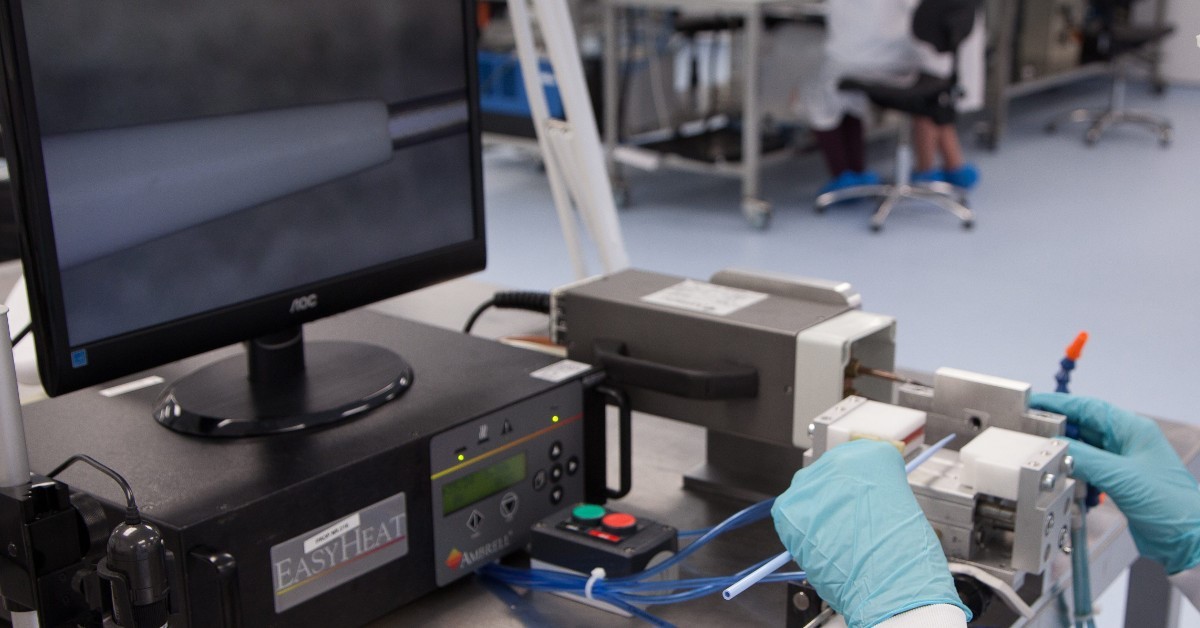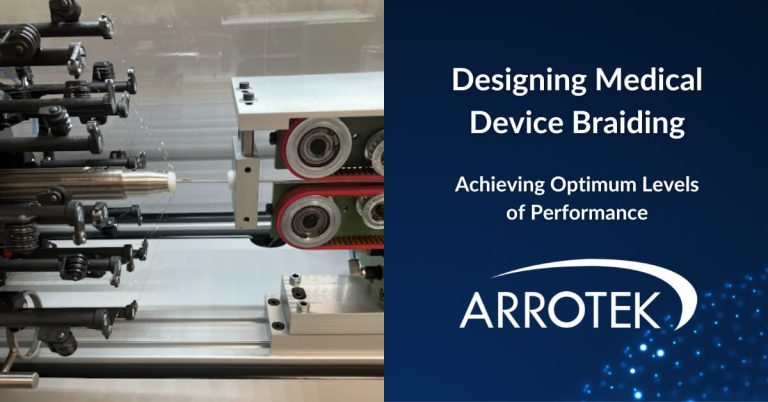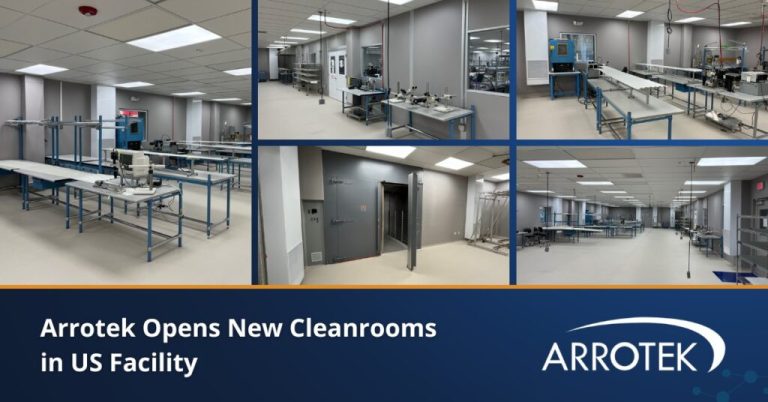If you have looked into the steps involved to design and develop a new medical device product, you are likely to have come across the term process validation.
It’s an essential term and concept to understand as it helps ensure your design, develop, and then manufacture a product that meets the needs of end-users – usually patients or customers. Process validation is also crucial to getting regulatory approval for your product.
What Is Process Validation?
Process validation takes place throughout the product’s entire lifecycle, starting during the design stage. It involves collecting and then evaluating data to prove the product produced is high-quality, repeatable, consistent, and meets the needs of end-users.
The Difference Between Process Validation and Verification
Another term you may have come across is verification. It is also important and is another requirement of regulators. Understanding the basic difference between the two terms – process validation and verification – can help with grasping the concept of process validation.
In basic terms, verification involves assessing whether a manufactured medical device product, or a component of a product, meets the defined specification. So, it involves physically inspecting the product to check the material, tolerance levels, dimensions, etc. This is then compared to confirm everything is within the defined parameters.
This doesn’t tell you if the product meets the needs of end-users, however. All it tells you is the product was manufactured to the intended standard.
Furthermore, verification becomes cumbersome when you have a complex medical device with multiple parts as it can be hard to verify each part.
For example, with verification, you might be able to confirm a tube and a handle are individually manufactured according to specification, but you can’t confirm that the handle and tube won’t detach during use, leaving the tube inside a patient. Process validation, however, can confirm this.
That said, verification is still important. Regulators offer guidance on when it is appropriate to use verification and when you should use process validation instead.
Process Validation in the Design Stage
Process validation happens firstly in the design and development stages of a new medical device product. Continued process validation then takes place once the product is in production and is being sold in the market.
In the design stage, process validation typically happens once the design of the product is locked down.
A crucial part of process validation is to use DFM (Design for Manufacturing) principles. DFM is about ensuring the product can be efficiently and cost-effectively manufactured. In many respects, therefore, the objectives of process validation and DFM are aligned.
At Arrotek, our services include:
- Designing and developing medical device products
- Manufacturing medical device products
Sometimes the products we manufacture are designed elsewhere. This has given us detailed insight into how bad design, where DFM is ignored, impacts product quality which, in turn, makes process validation more difficult.
By way of example, one of the things we do at Arrotek during the process validation stage of a design project is to reduce to a minimum the number of components and process steps it takes to manufacture a product.
This is not only good DFM practice, but it also reduces the possibility of things going wrong with the product during use, i.e. it helps ensure the product meets the needs of end-users, which is the goal of process validation.
The Best Approach
From your point of view, the key is to work with a medical device design company that has skills, experience, and knowledge in several crucial areas. This includes:
- Medical device product design and development
- Obtaining regulatory approval
- Quality, including the implementation of quality systems
- Manufacturing
This will make process validation more straightforward and it will ensure you get a better quality and more fit for purpose product.





